late blooming dogwood that honeybees love
cousinfloyd
9 years ago
Featured Answer
Comments (8)
Toronado3800 Zone 6 St Louis
9 years agoRelated Professionals
Foothill Ranch Landscape Architects & Landscape Designers · Arlington Landscape Contractors · Lakeville Landscape Contractors · Pahrump Landscape Contractors · Reedley Landscape Contractors · Selden Landscape Contractors · Streamwood Landscape Contractors · Wailuku Landscape Contractors · Norridge Landscape Contractors · West Hempstead Siding & Exteriors · Brookfield Decks, Patios & Outdoor Enclosures · Fishers Decks, Patios & Outdoor Enclosures · Fort Pierce Decks, Patios & Outdoor Enclosures · Orange County Decks, Patios & Outdoor Enclosures · Archdale Stone, Pavers & Concretegardengal48 (PNW Z8/9)
9 years agocousinfloyd
9 years agogardengal48 (PNW Z8/9)
9 years agoEmbothrium
9 years agocousinfloyd
9 years agosam_md
9 years ago
Related Stories
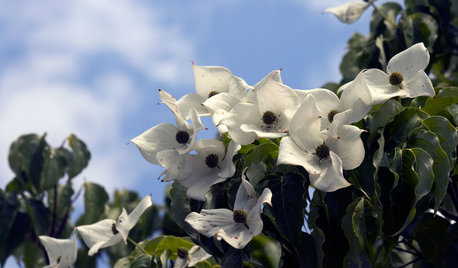
GARDENING GUIDESGreat Design Plant: Kousa Dogwood
This four-season landscape star offers lovely pink bracts, bumpy summer berries and more
Full Story
GARDENING GUIDESGreat Design Plant: Amelanchier Signals Spring With Airy White Blooms
With roughly 20 species of serviceberry native to the U.S., bees can feed on the early-season blooms while birds enjoy the summer berries
Full Story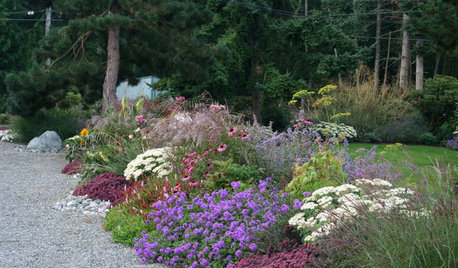
MOST POPULARHow to Design a Colorful Flower Bed
Fall planting: Delight the eye through 3 seasons with bright flowers placed just right. Late summer is the time to plan
Full Story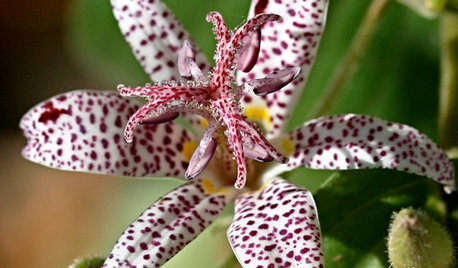
SUMMER GARDENING10 Perennials to Extend Your Garden's Summer Color
Revive summer-weary gardens with outstanding late bloomers such as toad lily, Russian sage, blanket flower and more
Full Story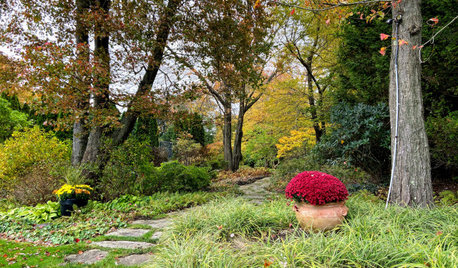
GARDENING GUIDES4 Elements of a Stunning Fall Garden
Late summer is a good time to look beyond trees to create an autumn landscape that draws the eye and stirs the soul
Full Story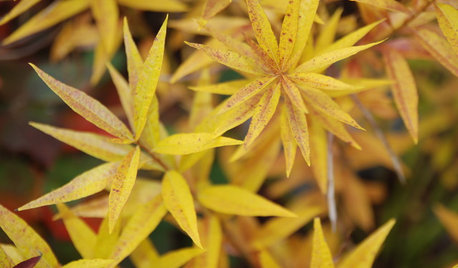
GARDENING GUIDESGreat Design Plant: Eastern Bluestar Wows in Fall
Get outstanding late-season color with this clumping perennial, perfect for a mixed border or to partially replace turf
Full Story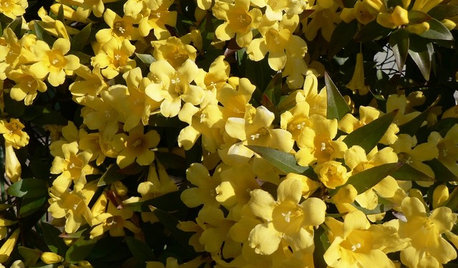
GARDENING GUIDESGreat Design Plant: Gelsemium Sempervirens
Plant Carolina jessamine in fall, and its flowers will signal spring before any other plants start blooming
Full Story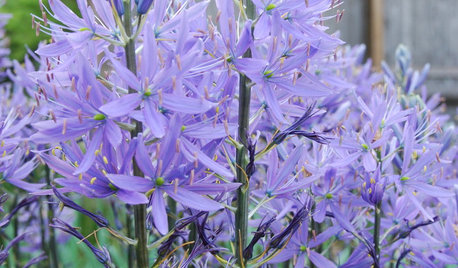
BULBSGreat Design Plant: Wild Hyacinth for a Bolt of Blue
Get knockout spring blooms on spiky stems by planting these bulbs before the ground freezes
Full Story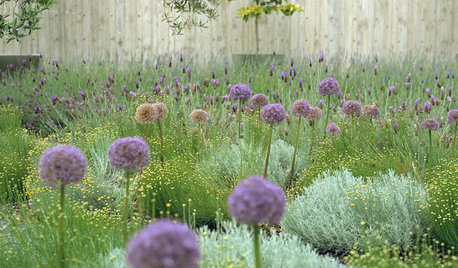
GARDENING GUIDESGreat Design Plant: Ornamental Allium
Lollipop blooms on tall, leafless stems add an architectural element to gardens of all styles
Full Story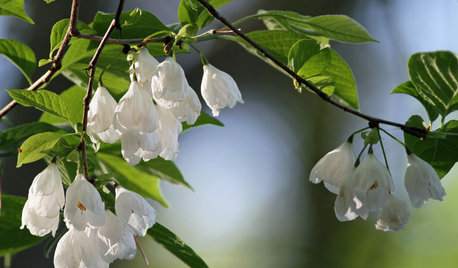
GARDENING GUIDESGreat Design Plant: Halesia Tetraptera
Carolina silverbell is a Southeastern native tree that adds spring blooms to a shady slope, a woodland edge or even a lawn
Full Story






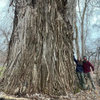

bengz6westmd